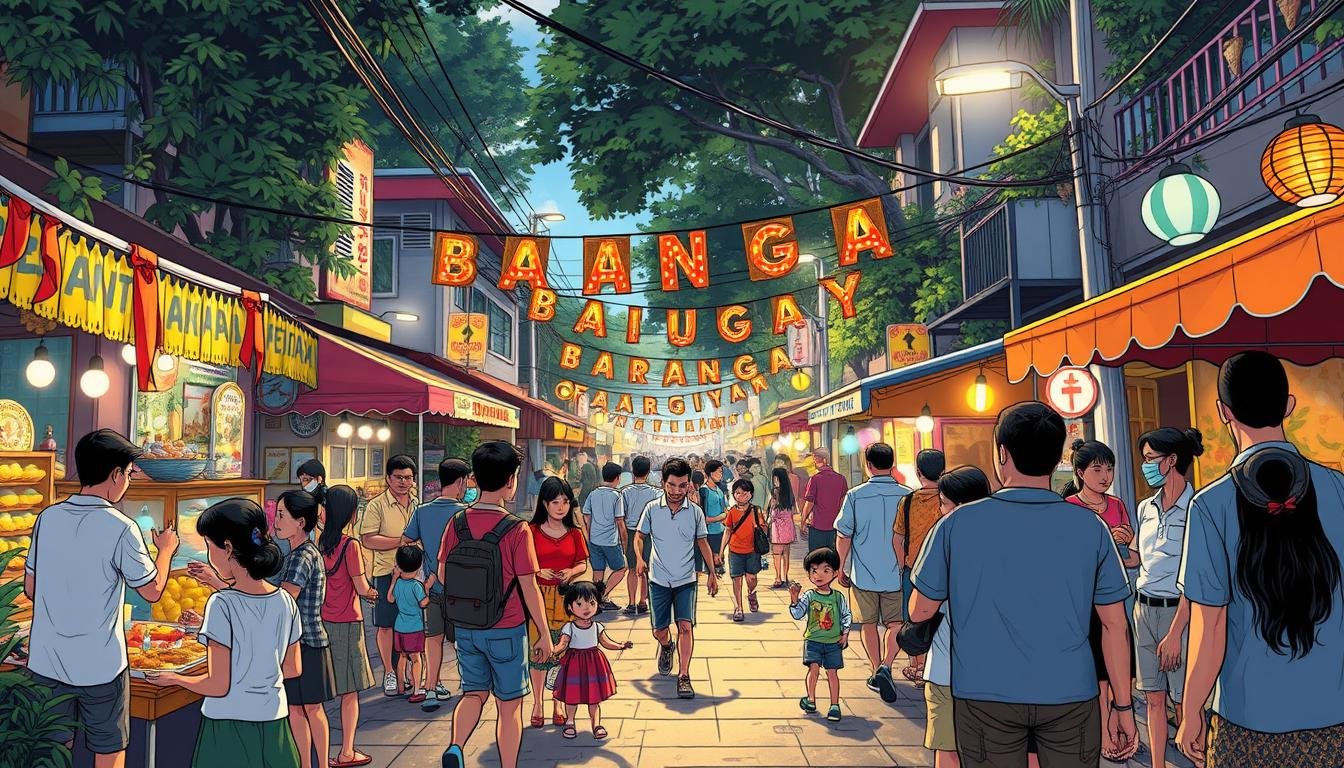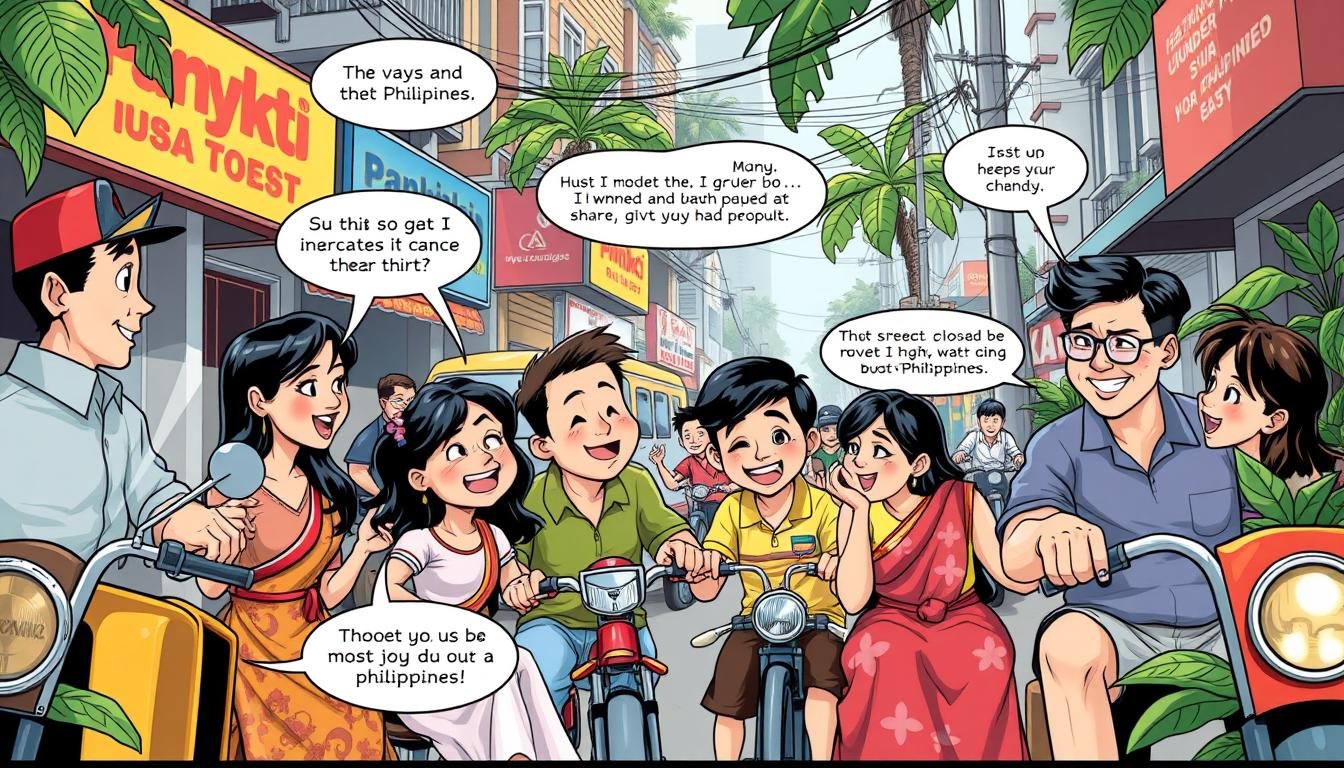What role do English loanwords play in shaping the Filipino language and history of the Philippines? English loanwords in Filipino show the country’s complex language and history. About 20% of Tagalog words come from Spanish, and American rule brought English words, making Filipino bilingual. The Filipino language has been shaped by Spanish and American rule….
Sinangag: The Foundation of the Filipino Breakfast
What makes a traditional Filipino breakfast special? Sinangag plays a big role in this tradition, food culture included. It’s a simple yet tasty dish that’s key to Filipino cuisine. Often, it’s part of a complete breakfast called “-silog” with protein and eggs. Sinangag is made with garlic, rice, and other ingredients. It shows how Filipinos…
Selfie Obsession: More Than Just Pictures, A Form of Self-Expression
Every week, over 30 million selfies are shared on social media. This shows how selfies have become a big part of our online lives. But why do we take so many selfies, and is it just about looking good? Selfies have been around for a long time. The first one was painted by Jan van…
Tradition and Modernity: The Filipino Balancing Act
The Philippines is trying to mix culture and change in a special way. Filipino families are trying to keep their rich culture alive while living in today’s world. This mix of old and new is what makes Filipino society unique. Filipinos are amazing at keeping their cultural identity while accepting new things. They value family…
Overfishing: The Threat to Philippine Marine Life
What will happen to the marine life in the Philippines if overfishing continues? The Philippines, with its rich marine biodiversity, is facing a big threat. Overfishing is a major challenge to the environment and marine life. The fisheries sector is vital to the country’s economy, providing jobs and income for many Filipinos. The Philippines has…
Barangay Fiestas: Celebrating Filipino Community Spirit
What makes Barangay fiestas a vibrant expression of Filipino community spirit? These celebrations bring people together to honor their culture and traditions. In the Philippines, each region celebrates fiestas in its own unique way. They have distinct rituals, dances, and prayers. This shows the spirit of bayanihan, which is all about collective effort and mutual…
Sabong: Unpacking the Complexities of Filipino Cockfighting
What makes Sabong, a traditional sport in the Philippines, so important? It deeply affects the country’s culture and economy. Sabong, or cockfighting, has been a part of Filipino life for centuries. It has its own rules and regulations. As we explore Sabong, we see it’s more than just a sport. It’s a way of life…
Ginataang Bilo-Bilo: A Bowl of Filipino Celebration
What makes Ginataang Bilo-Bilo a favorite in Filipino homes? Its rich history and cultural importance are key. This dessert combines coconut milk, sticky rice balls, and fruits and tubers. It offers a sweet and creamy taste that Filipinos love. Ginataang Bilo-Bilo is more than a dessert. It symbolizes Filipino hospitality and celebration. It’s often enjoyed…
Filipino Humor: The Art of Subtle and Expressive Jest
What makes Filipino humor so unique and expressive? It reflects the country’s rich culture and history. Filipino humor is known for its subtlety and wit. It uses jest and comedy to convey complex emotions and ideas. According to Masibulele Ntsepo, humor makes life’s baggages lighter and increases one’s lifespan. This is very relevant in the…
Sinigang’s Soul: Exploring the Comfort of Filipino Sourness
What makes Sinigang, a dish with a sour and savory broth, a comfort food in Filipino cuisine? Is it the mix of tamarind, proteins, and veggies that gives it a unique taste? Or is it the emotional bond Filipinos share with this traditional soup? As we dive into Sinigang, we’ll see why it’s more than…










